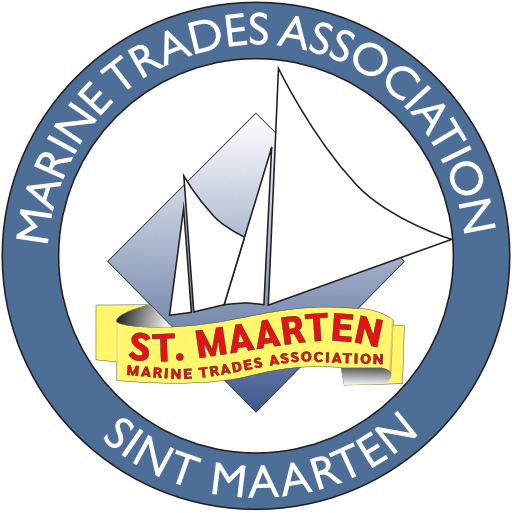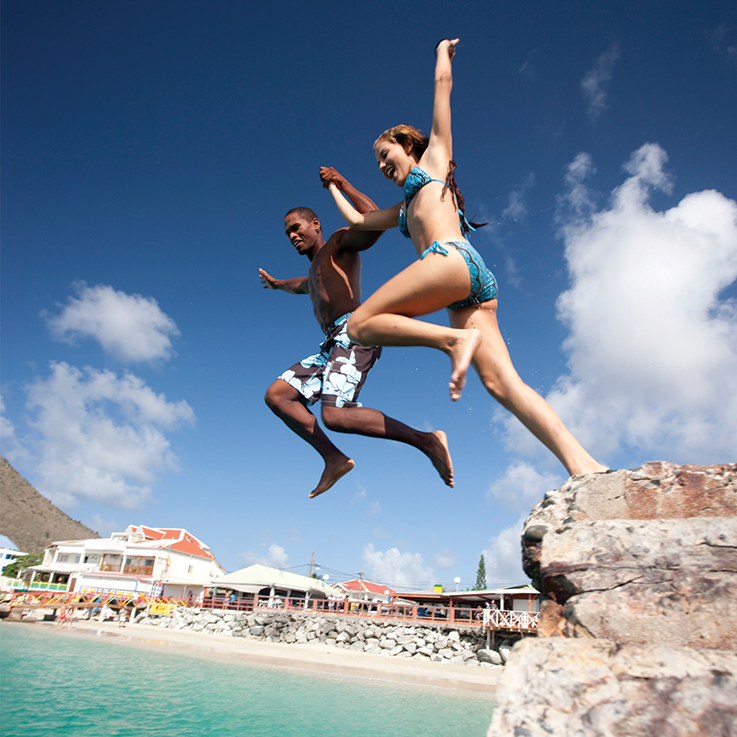Maritime Information
This is your chance to emphasize why the visitor should contact you right now.

This is your chance to emphasize why the visitor should contact you right now.
When arriving to St. Maarten, all vessels must clear in and out at the Immigration Department.

The Coast Guard on St. Maarten constantly patrols the waters around the island. Their primary functions in St. Maarten are border control and law enforcement; they generally do not get involved in search and rescue, as is typical in other countries. St. Maarten/ St. Martin waters for search and rescue are coordinated out of the French MRCC based in Fort de France.
However, there are some specific ordinances and regulations that you must comply with while in St. Maarten territorial waters. The captain of the vessel needs a valid licenses, ownership documents and valid identification at all times, or they can be fined. In case of reckless or illegal behavior, the vessel can also be seized.
Some of the rules of the Country St. Maarten that you must comply with:
Safety First–All vessels must be operated in a safe manner, not endangering them- selves or others.
A valid certificate of sea-worthiness must be clearly visible on board the vessel at all times.
The Captain must have a certificate of competency to present to the authorities on demand Commercial Vessels must have a carved watermark, indicating the maximum num- ber of passengers allowed on board, ac- cording to the certificate of sea-worthiness.
The skipper must be able to operate the vessel and CANNOT be under the influence of drugs or alcohol.
Life-Saving devices, fire extinguishing appli- ances and everything deemed necessary by the Harbour Master for the conservation of the vessel and the safety of crew and passengers must in date, on board and easily accessible.
The captain must do everything possible to avoid causing a collision, including decreasing speed on approach.The vessel must decrease speed if the bow wake can cause danger or serious hindrance to others
Must have the required navigation lights, Mast head light, side running Lights at bow and / or Mast head as required by size of vessel, Stern Light. Small rowing vessels must also have a white lantern or side running lights if operating at night.The Dumping of harmful substances in the sea is illegal.
Sea rescUE
In the event of an emergency while at sea, yachtsmen that are in the vicinity of St. Maarten should use the emergency Ch.16. If your VHF is not working and you have a cellular tele- phone, you may call the St. Maarten Sea Rescue Service by dialing 199 or the Police by dial- ing 911. On the French side, the SNSM (National Society for Rescue at Sea) has two rescue boats. The SNSM can be reached by telephone at 06 90 76 75 00.
The St. Maarten Sea Rescue Foundation (SSRF), established in 1982 assists mariners in distress with the help from their volunteers. The SSRF, members of both the International Maritime Rescue Organization and the Caribbean Search and Rescue Foundation operates two vessels in its rescue operations. Rescue 01 is an inflatable 30ft rigid mark Lacomble, equipped with 2 x 200 hp engines and with a search range of 80 miles. The Rescue 02 is a former Police/Coast Guard ship measures 58ft with a speed of 22 knots and a search range of 300 miles. This vessel is also used in emergency.


Established on November 25th 1982, the St. Maarten Sea Rescue Foundation (SRF) has saved many people from life-threatening situations. This has been made possible not only through the hard work of our voluntary organization but also as a direct result of the generosity of various organizations and individuals who have provided us with the funds necessary to carry out our valuable task.
Today, the SRF comprises 14 active members who are operating our two rescue vessels under just about any sea and weather conditions. The SRF also has many members from the island who have contributed to the organiza-
tion over the last 25 years.
More Information....
We proudly welcome you to the Marine Trades Association. On this website you will find all the information you need to know about our organization as well as the island St. Maarten / St. Martin.